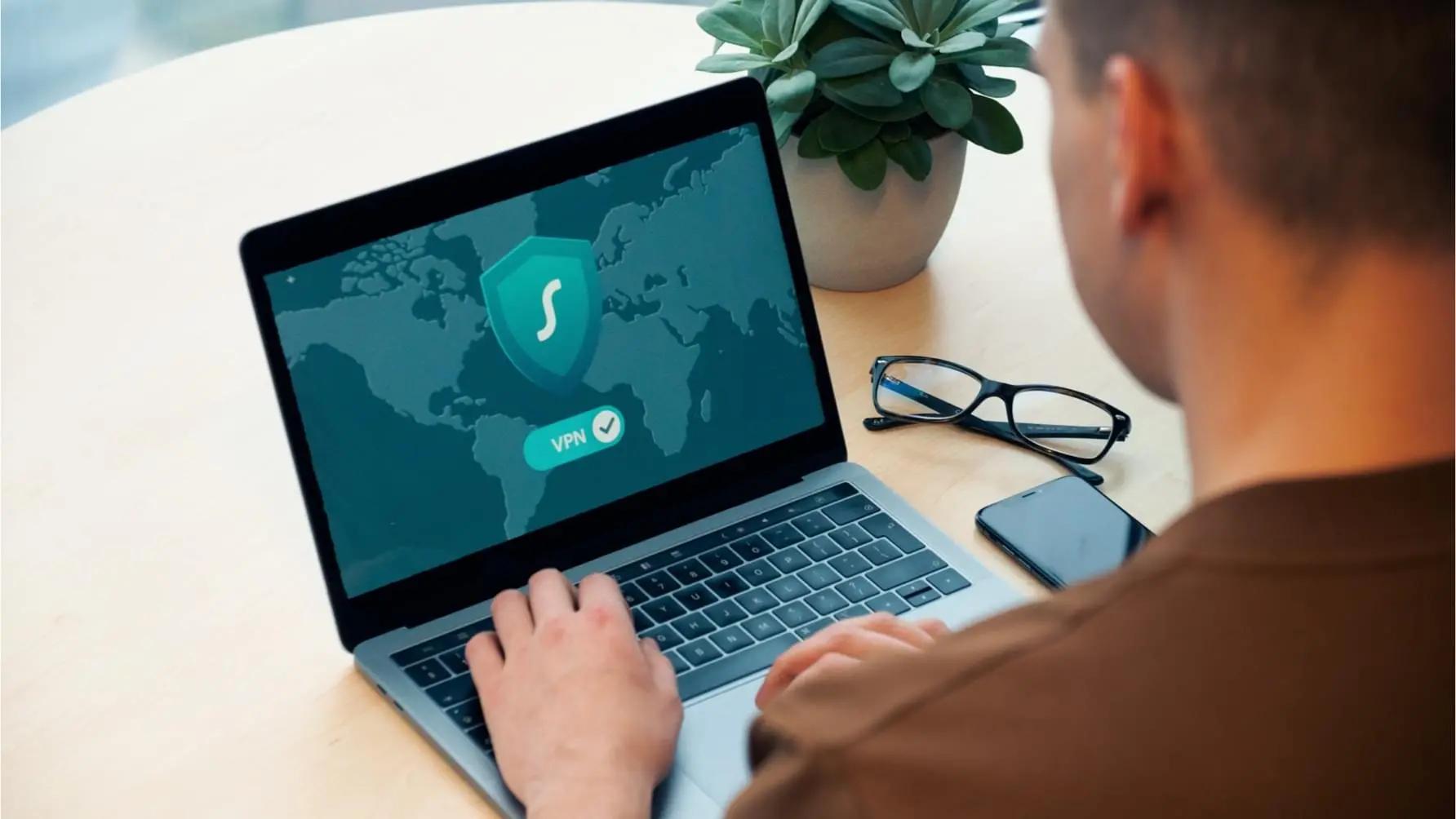Statistica records that 71% of companies experienced a phishing attack. If even a single employee is tricked into clicking a phishing link, your business could experience severe repercussions. Phishing is usually a step on the road to stolen credentials, ransomware infection, and financial losses from Business Email Compromise. Measures such as phishing awareness training and Integrated Cloud Email Security (ICES) solutions help to mitigate the risk of phishing. However, if an employee still manages to click a phishing link, what should happen next to keep your company safe?
Preparation is the key to prevention: check out TitanHQ's action plan to help mitigate the risk of clicking a phishing link.
Did You Know?
cyber attacks begin with phishing
to seamlessly install PhishTitan
estimated global cybercrime cost
to stop & spot a phishing attack
Don’t panic: a plan of action to mitigate a malicious link click
The Hitchhiker's Guide to the Galaxy is renowned for the phrase "Don't Panic." However, you must be prepared to feel confident enough not to panic about a cyber-attack. Here is an action plan to ensure you feel ready to tackle that errant click on a malicious link.
Support and Report
Accidents happen. A new employee may have entered the organization without having yet received phishing awareness training. Whatever the reason for that errant click, an employee must have a way to report the incident. However, reporting a phishing click incident can be a psychological hurdle. Shame, embarrassment, and denial are powerful emotions that can stop employees from admitting they have clicked a dangerous URL. If potential security incidents are not reported, the company is at risk of an escalation that could lead to cyber-attacks, including ransomware infections and business email compromise.
To ensure that security incidents are reported swiftly, a company must create an open-door environment or two-way transparency policy on security incident reporting. It is vital that employees feel comfortable enough to report any phishing incident. Even if they click on a phishing link but then stop before entering login credentials, it is still essential that your IT department or MSP knows about this and can take precautionary steps. Employees must be trained in an organization's security policy and incident reporting expectations. Making reporting easy using an incident reporting portal can also help streamline incident reporting, escalation, and response. Whatever, never punish an employee for clicking on a phishing link. We live in an era where cybercriminals target specific employees and are masters of manipulation; in this case, punishment is inappropriate and can backfire on a company.
"Phishing attacks have soared by 65%, from $2.79 million in 2020 to $4.6 million in 2022."
Investigate
Once you know an employee has clicked a phishing link, responsible persons, often an MSP, IT team, or both, must react quickly and investigate the report. This reaction should involve a series of steps to mitigate the impact of the clicked phishing link:
- Isolate the employee's computer from the network: clicking a link that navigates to a website could have initiated a malware download and even an install. Isolating the computer from the network will help prevent the spread of malware infections.
- Hopefully, your company already performs ransomware-resistant back-ups regularly. If not, backing up any files now may also result in the malware being backed up along with the files.
- Talk to the employee. Use any incident response information to work out what happened. It is essential to establish what happened when the malicious URL was clicked. Did the employee stop at the click? Did they navigate to the website? If they end up on a website, did they enter personal information into a form or submit login credentials? Establishing precisely what happened can help a company determine how to mitigate the incident.
- Perform a malware check: run diagnostics and look for signs of malware, including a malware and anti-virus scan on the affected device and the network. Check any cloud repositories, as malware and ransomware can quickly spread to these connected areas.
Remediate
The extent of remediation depends on the results of your investigation. However, general hygiene steps should always be taken:
- Immediately update any of the employee’s passwords. Include in the update password managers and clear out caches.
- Alert the bank and credit card suppliers if the employee submitted any financial data to a spoof website.
- Remain vigilant and look for any potential signs of compromised accounts and apps.
Remediation also involves using preemptive solutions to ensure that clicking on a phishing link is minimized and eventually eliminated as a threat. The following steps explain how this can be achieved.
An anti-phishing API add-in increases email security if your organization uses Microsoft Office 365.
Prevent
Prevention measures are an essential part of minimizing the chance that an employee has the opportunity to click on a phishing link. These pre-emptive measures will reduce the chances of you needing to remediate an incident.
Phishing Training
Phishing training for employees provides your staff with the tools to know not to click on a phishing link. Phishing training is a process of education based on regular training sessions that teach employees how to spot a phishing attack. Because phishing takes many forms and some employee roles are targeted by phishing attackers, this training must be behavior-led and tailored to an employee role and risk level. Phishing training uses computer-based training exercises that are interactive and gamified to develop practical learning experiences. Phishing training content will provide stimulating lessons that show the damage that phishing does and how to spot the signs of phishing. Simulated phishing exercises are used to enhance phishing training. This involves delivering fake phishing emails to email inboxes. These fake phishing emails look exactly like the real thing. If an employee clicks on a link in a fake phishing email, an in-line session will show them what would have happened if this was an actual phishing attack. Phishing simulations are done with employee buy-in and consent. The result of running phishing training for employees is that susceptibility to phishing can be reduced by 92% when using advanced solutions like SafeTitan. This means the likelihood of an employee clicking a phishing link is massively reduced.
Read more on the different types of phishing that employees need to know about: “Phishing Attack Examples and How to Prevent Them.”
Learn more about “How Simulated Phishing Attacks Work?”
Batten Down the Hatches with AI-enabled Email Security
Phishing training is essential if a phishing email enters an employee's inbox. However, phishing awareness is just one layer of the approach needed to tackle complex and multi-part phishing attacks. A fundamental layer in phishing prevention is using advanced anti-phishing solutions such as Integrated Cloud Email Security (ICES) solutions like PhishTitan. ICES solutions are themselves multi-layered. These layers include advanced techniques such as natural language processing and AI to detect carefully crafted and socially engineered targeted phishing attacks focusing on specific employees. These targeted phishing campaigns can be the most difficult for employees to spot. Social engineering-enabled phishing depends on the attackers being able to build up trust with a target. This trust is then abused by lulling the victim into a false sense of security with the result that a phishing link is clicked. PhishTitan provides advanced anti-phishing capabilities to limit the chances of phishing messages entering an inbox and a malicious link being clicked.
PhishTitan works alongside SafeTitan to provide the preventative measures needed to reduce the risks of a phishing link click. Both can be delivered by an MSP or in-house.
To find out how to prevent a phishing link click, contact TitanHQ's anti-phishing experts and sign up for a PhishTitan demo.

Susan Morrow
- DATA PROTECTION
- EMAIL PHISHING
- EMAIL SECURITY
Talk to our Team today


